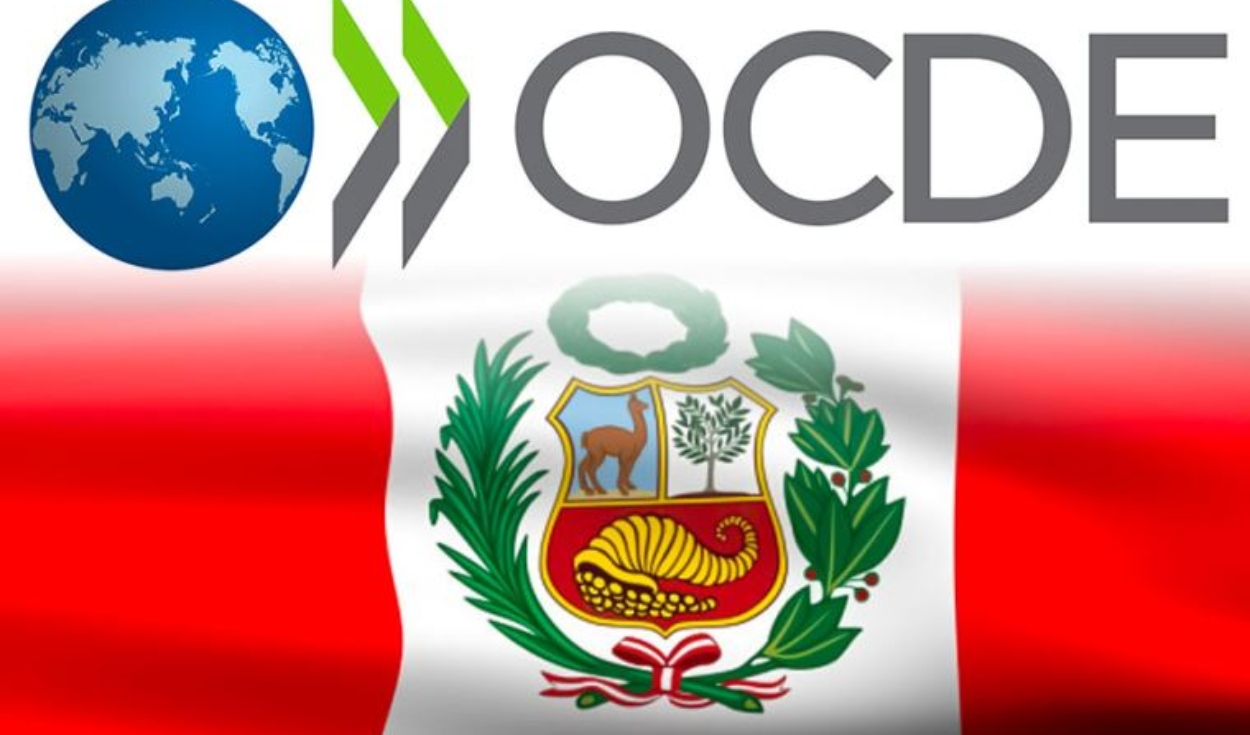
One of the goals of Government is that Peru be part of the Organization for Economic Cooperation and Development (OECD) before 2026. Recently, the country delivered the initial memorandum for the accession process to this international organization, which is seen by the Executive as one of the major leagues of economics and administrative governance. What benefits would it bring and what is missing for Peru to be a member of the OECD? We tell you here.
What is the OECD?
The OECD is an international organization whose objective is to promote policies that favor prosperity, equality, opportunities and well-being for all people.
According to the National Center for Strategic Planning (Ceplan), the origins of the OECD go back to the years after the Second World Warwhen European leaders agreed that the best way to guarantee peace was to promote cooperation and reconstruction of the nations that participated in the war.
In 1961 officially established as successor to the Organization for European Economic Cooperationwhich was in charge of managing the execution of the Marshall Plan for the economic recovery of Europe and the consolidation of democratic regimes in Western Europe.
What countries are members of the OECD?
At present, the OECD brings together 38 member countries, spanning from North and South America to Europe and Asia-Pacific. Ambassadors are those who represent countries and are part of the OECD Council. The member countries are:
Germany, Australia, Austria, Belgium, Canada, Chile, Colombia, South Korea, Costa Rica, Denmark, Slovenia, Spain, United States, United States, Estonia, Finland, France, Greece, Hungary, Ireland, Iceland, Israel, Italy, Japan, Latvia, Lithuania, Luxembourg, Mexico, Norway, New Zealand, the Netherlands, Poland, Portugal, the United Kingdom, the Czech Republic, the Slovak Republic, Sweden, Switzerland, and Turkey.
What are the benefits?
According to Ceplan, The fact that Peru is a member of the OECD would ensure that it has the necessary assistance for the implementation of policies that promote prosperity and poverty reduction in the country. At the OECD, governments can compare and exchange experiences on the implementation of economic and social policies.
In this context, the OECD is a reliable source of information in various areas such as the economy, trade, investment, social development, educationenvironment, public administration, agriculture, employment, science and technology policies, among others.
According to the Minister of Economy, Alex Contreras, the country that enters the OECD enjoys benefits in the political or diplomatic sphere. As stated, Peru would be considered a benchmark model in the region, with greater confidence, with better public institutions, recognition of the history of economic reforms and could be compared with the partners of the Pacific Alliance (Mexico, Chile and Colombia).
Peru seeks to enter the timeline
For more than a decade, Peru has shown serious intentions of joining this international entity, but its rapprochement has been gradual. In this sense, we review a chronology:
- 2008: the incorporation of Peru as an observer member in its Investment Committee was approved.
- 2009: Peru joined the OECD Development Centerwhich is a space for analysis and exchange of experiences on economic and social policies between developed and developing countries.
- 2012: Peru expressed its formal interest in accessing said international organization.
- 2014: OECD agreed to invite Peru to participate in the Country Programwhich seeks to help countries achieve OECD standards and practices, a process that our nation implemented between 2014 and 2019.
- 2017: the OECD Council assessed the application from Peru based on the prequalification framework for access.
- 2022: On January 25, the OECD decided to invite Peru to start the accession process to that organization.
What requirements are missing for Peru to enter the OECD?
Last Wednesday, June 7, the head of the ministerial cabinet, Alberto Otárola, delivered the initial memorandum to the Organization for Economic Cooperation and Development, through its general secretary, Mathias Cormann.
Now him Peru must go through six more stages in order to materialize its accession. Which are?
- Country assessment within 24 technical committees from the OECD.
- Committee recommendations on changes to be made in the laws, policies and practices of the country.
- formal opinion of the committees addressed to the Council of the OECD with the results of the evaluations.
- Council final decision: membership approval.
- Signature of the ‘Accession Agreement’ between the OECD and the candidate country.
- Deposit of the instrument of accession before the Government of France.
- Once these stages are completed, Peru will officially become a member of the OECD.
According to Minister Alex Contreras, this process is expected to be carried out in a maximum of three years.
“For the exam that the country is going to have to pass, we are going to consider 230 legal elements. (…) The evaluations are very rigorous. The important thing is that Peru has come a long way. It is a comprehensive evaluation of the economy and the institutional organization that each country has, ”he said during his presentation at the CESIP-OECD Special Commission of the Congress of the Republic.
Source: Larepublica
Alia is a professional author and journalist, working at 247 news agency. She writes on various topics from economy news to general interest pieces, providing readers with relevant and informative content. With years of experience, she brings a unique perspective and in-depth analysis to her work.











